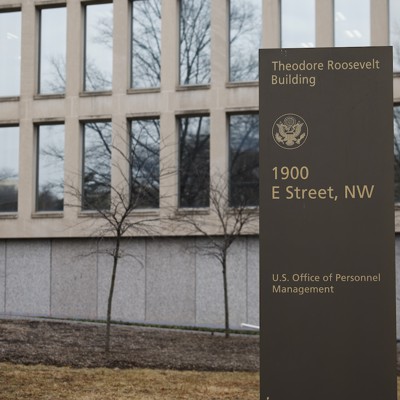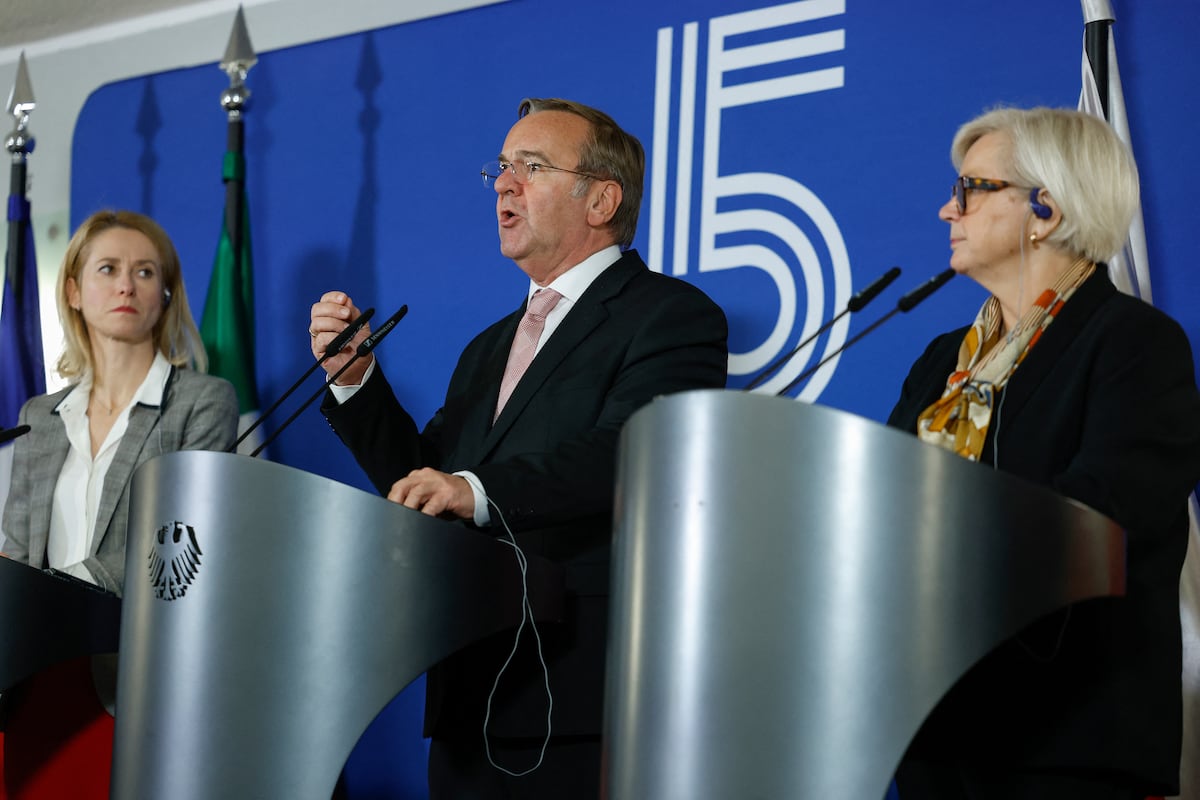Most federal workers will receive their first paycheck in more than a month between Saturday and Wednesday of next week, and it should include at least most of the backpay that is due, Trump administration officials said Thursday.
Lawmakers included a provision guaranteeing full backpay for furloughed workers in the deal to end the 43-day government shutdown after the White House repeatedly insinuated it might break a 2019 law enacted during President Trump’s first term requiring all feds be paid upon the restoration of appropriations.
A senior administration official told Government Executive that federal HR workers are aiming to get the first post-shutdown checks out to employees within the next week. For many agencies, these paychecks will reflect pay furloughed and excepted workers would have earned from Oct. 1 through Nov. 1.
General Services Administration and Office of Personnel Management employees can expect to see a paycheck Saturday, while Energy, Health and Human Services, Veterans Affairs and Defense Department civilian workers will be paid Sunday. On Monday, paychecks are set to go out for workers at the Education, State, Interior and Transportation departments, as well as the Environmental Protection Agency, NASA, National Science Foundation, Nuclear Regulatory Commission and the Social Security Administration.
Another tranche of workers must wait until Wednesday, Nov. 19, to see their backpay, though their checks will also include pay for the Nov. 2-Nov. 15 biweekly pay period, effectively making them whole for time during the shutdown and paying them for their work between Thursday and Saturday of this week: the Agriculture, Commerce, Homeland Security, Housing and Urban Development, Justice, Labor and Treasury departments, and the Small Business Administration.
Guidance issued Wednesday by OPM Associate Director for Workforce Policy and Innovation Veronica Hinton to agency chief human capital officers provides additional details on how that backpay will be calculated—with the caveat that in agencies’ haste to get checks out, there may be some mistakes.
“To facilitate making retroactive payments as quickly as possible, payroll providers may have to make some adjustments,” Hinton wrote. “Thus, the initial retroactive pay that an employee receives after a lapse in appropriations has ended may not fully reflect application of all the guidance in this document regarding the treatment of hours for pay, leave and other purposes. Payroll providers will work with agencies to make any necessary adjustments as soon as practicable.”
Excepted employees should be paid for the time they worked during the shutdown, including overtime pay for any time in excess of their normal tour of duty. And furloughed employees should be paid for the time they would have spent at work, had they not been forced to stay home due to the appropriations lapse. That includes overtime, provided the employee is “regularly scheduled” to work excess hours.
“A furloughed employee who, before the lapse in appropriations, had been regularly scheduled to perform, during the period subsequently covered by the lapse, overtime work or to perform work at night or during a period for which any other form of premium pay would otherwise be payable is entitled to receive overtime pay, night pay, or other premium pay as if the work had been performed,” OPM wrote. “Allowances, differentials and other payments otherwise payable on a regular basis (e.g., administratively uncontrollable overtime pay and law enforcement availability pay) must be paid as if the furloughed employee continued to work.”
Ineligible for backpay are individuals who were scheduled to be in leave without pay status during the lapse, or suspended. And excepted employees placed in absent without leave status for “missed assigned work hours” similarly will not be paid for that time. The Social Security Administration controversially refused some employees’ request to be placed in intermittent furlough status and labeled them AWOL instead.
Read the full article here








Leave a Reply